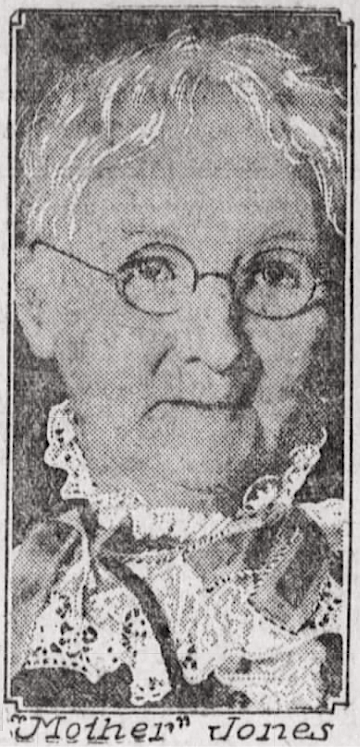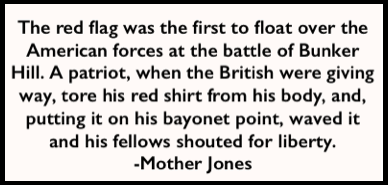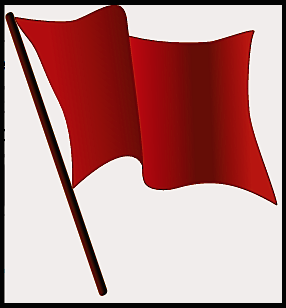 ———-
———-
Hellraisers Journal – Wednesday February 11, 1920
Youngstown, Ohio – Mary Heaton Vorse Visit the Home of a Striker
From The Outlook of January 21, 1920:
BEHIND THE PICKET LINE
THE STORY OF A SLOVAK STEEL STRIKER
-HOW HE LIVES AND THINKSBY MARY HEATON VORSE
[Part I of II.]
[Leaving the Picket Line in Youngstown, Ohio:]
It was seven o’clock. The morning vigil was over; the strike was unbroken. The deluge had not occurred. The men, weary with watching, broken with inaction and with suspense, drifted to their homes.
“You’re cold, ma’am,” my guide said to me, gently; “I want you should come to my house to get breakfast; my house it ain’t far.”
It seemed to me an imposition to appear in a strange woman’s house at that hour in the morning, especially as Mike let fall casually that he had eight children. A strike and eight children and a husband seemed to me quite enough for any woman to cope with, but he would not let me go without a cup of coffee. We walked past little detached dwellings, small frame houses and some of concrete.
These have been lately built. They show the modern impulse toward better housing. Here and there a rambler was planted over a door; there were porches, and plots of ground surrounded the houses. This was the most meritorious community, from the point of view of decency, that I have seen in any steel town.
Later we met a handsome lad coming out of the gate—Steve’s oldest boy on his way to high school. Then we went into the kitchen, and my first impression was of rows and rows of brightly polished shoes all ready to be hopped into—any amount of brightly polish-little shoes standing neatly two by two.
Now, any student of domestic life will know what this means. How many families are there who can get the boys to black their shoes the night before? I can’t in my household—indeed, it takes savage pertinacity to st shoes blacked at all. Just the sight of those shoes made me realize that my hostess was no ordinary woman. In the meantime Mike was calling up the stairs:
Mother, come down and see who’s here! Come down and see what I’ve got in the kitchen!” To hear him one would have supposed that I was a birthday present. And when “mother” appeared there was nothing that could have shown a third person that I was not an old friend. The owners of the shiny shoes came into the room with their shy “good mornings.”

 ———-
———-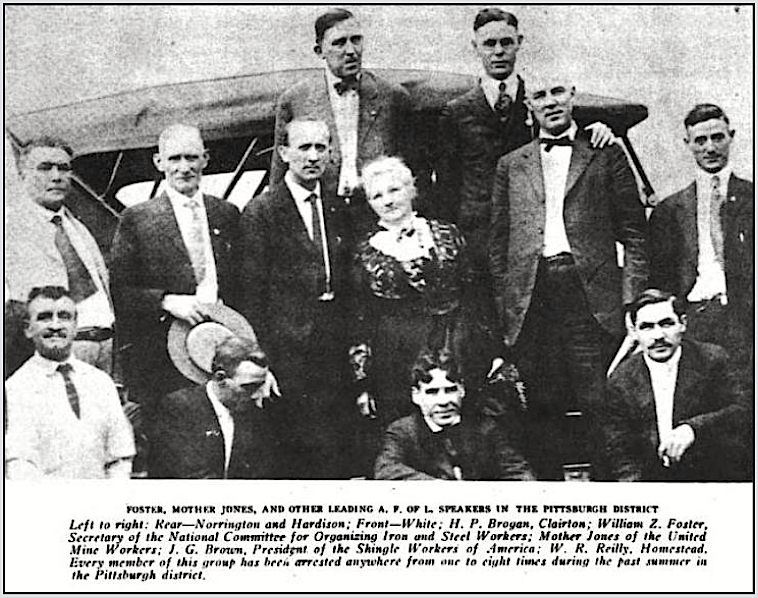
 ———-
———-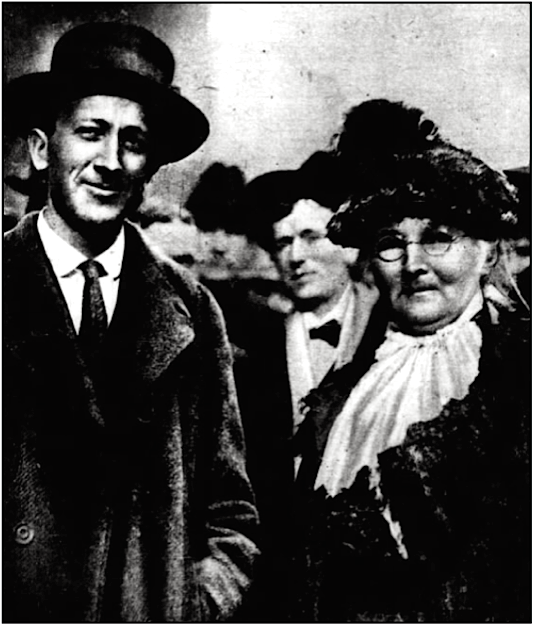
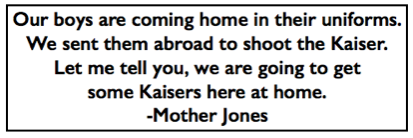 ———-
———-